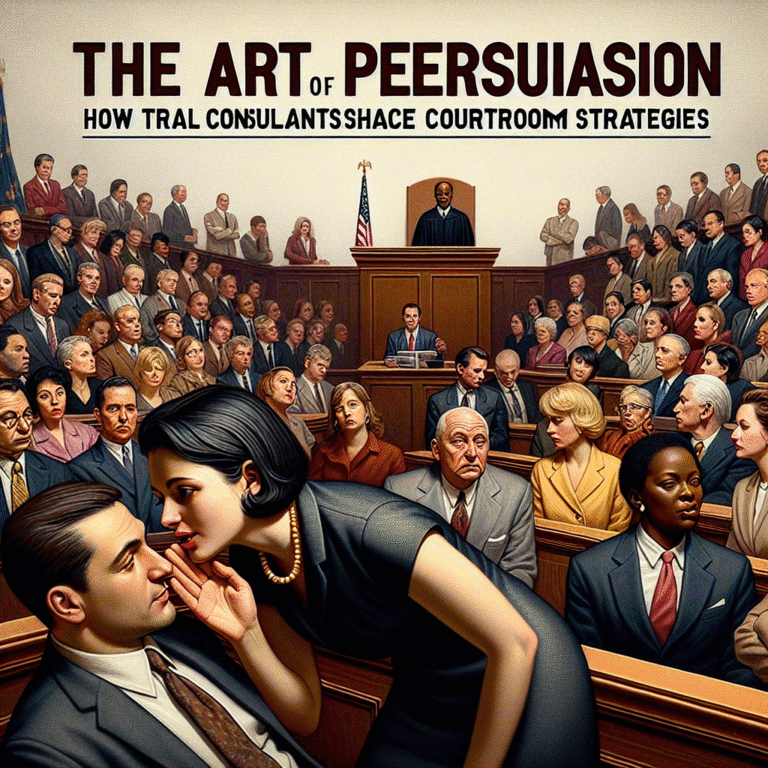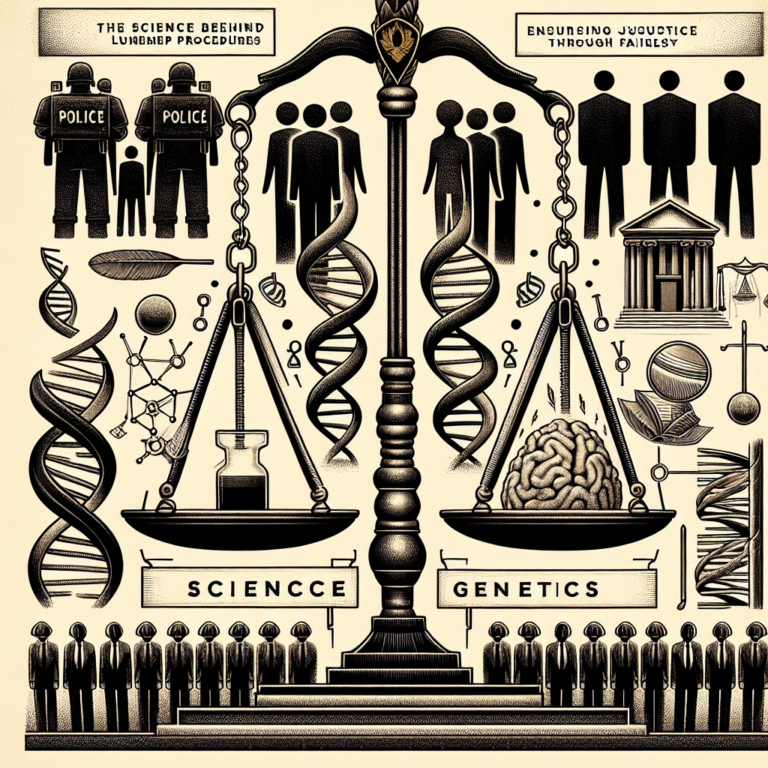
Introduction
In an age characterized by vast information exchange and accelerated communication, the ability to discern truth from deception has never been more critical. Whether in law enforcement, corporate settings, or personal relationships, understanding the psychology of interrogation techniques is vital. This exploration, "Truth or Deception? Understanding the Psychology of Interrogation Techniques," delves deep into why individuals lie, how they can be detected, and the psychological strategies employed to elicit truthful responses.
Why This Topic Matters
Imagine a detective attempting to solve a crime, a corporate leader conducting a crucial negotiation, or even a parent navigating their child’s fib. In each scenario, the stakes can be high, motivating individuals to employ deception. Yet, the psychological underpinnings of why people lie and how they can be effectively interrogated offer fascinating insights into human behavior.
The Psychology Behind Deception
Understanding the motives behind deception is essential for effective interrogation. Lies can stem from various factors: fear of consequences, a desire for personal gain, or even perceived altruism. Here are several key psychological theories that provide insight:
1. Motivational Theories
People lie for numerous reasons, which can be categorized into self-protective motives, social acceptance, and narcissistic tendencies. For instance:
- Self-Protective Motives: Individuals may lie to evade punishment or consequences.
- Social Acceptance: Some may distort the truth to fit in or be liked.
- Narcissistic Tendencies: Lies could be employed to project an inflated self-image.
2. Cognitive Load Theory
This theory posits that lying demands more cognitive resources than telling the truth. When interrogators understand this, they can employ techniques that increase the cognitive load on the person being interrogated, thereby increasing the likelihood of erratic or contradictory responses.
3. The Dual-Process Model
This model suggests that humans think in two systems: the intuitive and the analytical. The former is fast but prone to errors, while the latter is slow and deliberate. Understanding how an individual processes information can help interrogators frame their techniques to elicit more truthful responses.
Techniques in Interrogation
Interrogation techniques vary widely, influenced by the specific context and the psychological strategies that underpin them. Here are several well-known methods, each designed to navigate the complexities of human behavior:
1. The Reid Technique
Developed in the 1960s, the Reid Technique is one of the most widely known interrogation methods, focusing on behavior and verbal cues. It comprises five steps:
- Direct confrontation
- Theme development
- Handling denials
- Overcoming objections
- Final confrontation
Case Study: The Reid Technique in Action
In the high-profile case of a murder suspect, detectives employed the Reid Technique. By gently confronting the suspect with evidence and allowing them to deny involvement, the detectives observed cues of discomfort. Eventually, after strategically framing the narrative, the suspect confessed.
2. PEACE Model
The PEACE approach stands for Planning and preparation, Engage and explain, Account, Closure, and Evaluate. Unlike the Reid Technique, this model focuses on a more collaborative and less confrontational style.
Case Study: PEACE and Truth
In a complex theft case, investigators utilized the PEACE method and encouraged the suspect to narrate freely. This seemingly non-accusatory approach led to the discovery of inconsistencies in the suspect’s story, prompting further questioning and ultimately a confession.
3. Cognitive Interviewing
A technique favored by law enforcement, cognitive interviewing emphasizes the witness’s perspective, utilizing open-ended questions to retrieve memories more effectively.
Case Study: The Power of Memory
In a robbery investigation, detectives implemented cognitive interviewing techniques that allowed witnesses to recount their experiences in a non-linear fashion. As a result, they collected valuable details that had initially been overlooked.
Understanding Non-Verbal Cues
Body language plays a crucial role in discerning truth from deception. Studies suggest that certain non-verbal behaviors may indicate lying, although these cues vary significantly across cultures.
Key Non-Verbal Cues
| Cue | Interpretation |
|---|---|
| Avoiding Eye Contact | Potential Deception |
| Fidgeting | Anxiety or Nervousness |
| Excessive Gestures | Overcompensating to Convey Truth |
| Inconsistent Facial Expressions | Mismatch in Emotion and Statement |
Analysis
Non-verbal cues should be interpreted cautiously. While they can indicate potential deception, they are not definitive proof. Cultural variations and individual differences significantly influence these behaviors.
Developing Effective Interrogation Strategies
To apply the insights discussed, it’s essential to develop effective interrogation strategies that account for psychological principles. Here are actionable recommendations:
1. Build Rapport
Building rapport can put the individual at ease, making them more likely to disclose information. Establishing a genuine connection helps to foster a climate of trust.
2. Employ Open-Ended Questions
Open-ended questions encourage elaboration and invite the subject to offer more details, making it easier to identify inconsistencies.
3. Observe Body Language
Pay attention to non-verbal cues but remain astute in recognizing the cultural context to avoid misinterpretation.
Conclusion
"Truth or Deception? Understanding the Psychology of Interrogation Techniques" equips readers with valuable insights into the complex interplay between truth-telling and deceit. By applying principles from psychology and employing effective techniques in interrogation, individuals can not only improve their skills in discerning the truth but also navigate the nuances of human interaction.
Key Takeaway
In a world where the truth is often obscured, developing a deeper understanding of the psychological aspects of interrogation can empower us all—whether in law enforcement, business negotiations, or daily interactions—to foster honesty and transparency.
FAQs
1. What are the most common interrogation techniques?
The most common techniques include the Reid Technique, the PEACE Model, and Cognitive Interviewing. Each has its strengths and optimal application contexts.
2. How do I identify deception?
Look for inconsistencies in stories, incongruent body language, and hesitations in speech. Non-verbal cues can offer additional insights.
3. Are there cultural differences in lying?
Yes, cultural norms significantly influence how individuals perceive and express deception, making it critical to consider these factors during interrogation.
4. Can interrogation techniques be used ethically?
Absolutely. When applied with respect and understanding, interrogation techniques can effectively encourage transparency without resorting to coercion or manipulation.
5. How can I improve my questioning skills?
Practice open-ended questioning, actively listen, and pay attention to verbal and non-verbal cues to enhance your ability to discern truth from deception.
"Truth or Deception? Understanding the Psychology of Interrogation Techniques" is not just an examination of tactics; it’s a journey into the essence of human interactions, offering tools to navigate the complex space between truth and lies.















